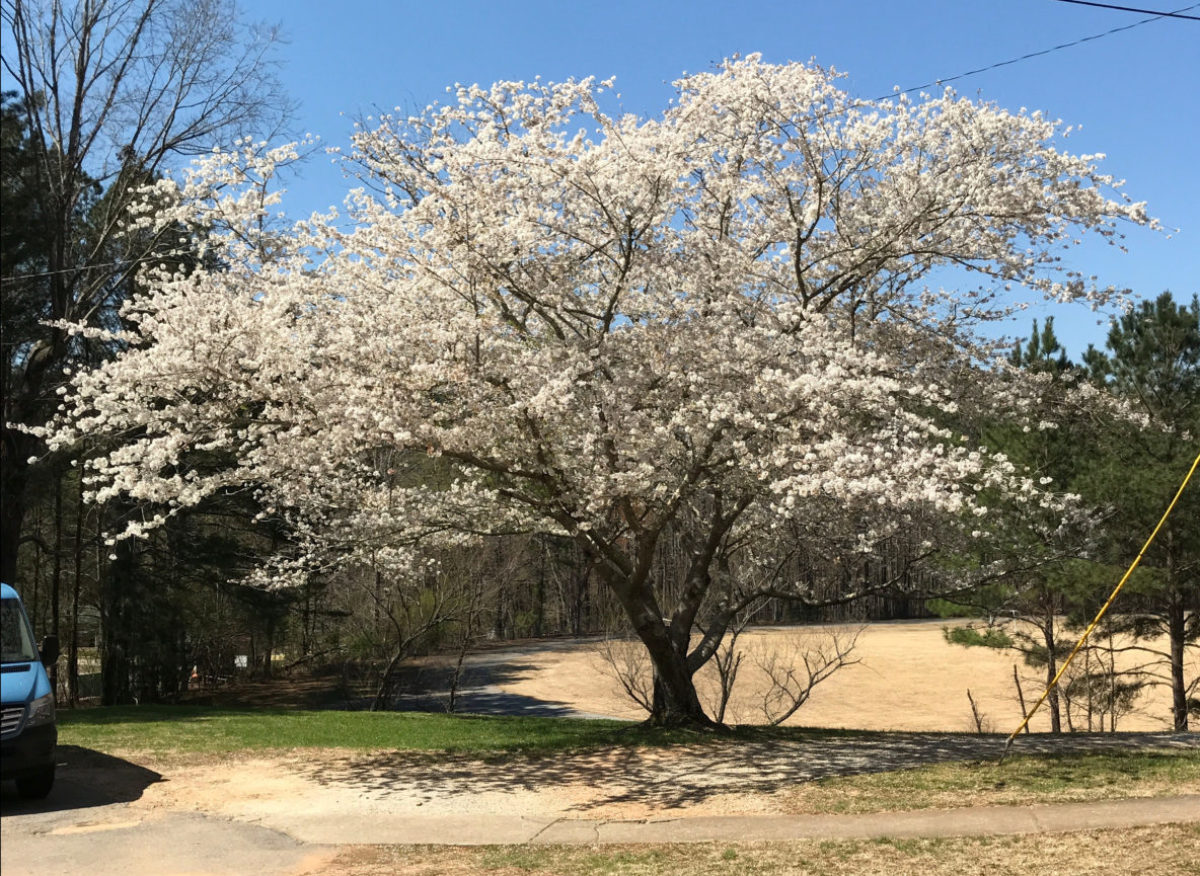 The American hornbeam, Carpinus caroliniana, is an inconspicuous tree that I had much difficulty identifying. It is relatively unknown today but once it had important uses in everyday life. With progress, most of these uses have become obsolete and the American hornbeam has become a mostly forgotten tree. Known also by the names musclewood, ironwood, blue beech and water beech, the tree is not a beech but rather a birch. These names were given because the tree’s trunk appears muscular, the wood is very hard, the tree’s bark is thin and smooth like a beech, and the tree is often found near water. The American hornbeam most likely got the odd name ‘hornbeam’ from the similar European hornbeam’s use as a strong yoke for oxen.
The American hornbeam, Carpinus caroliniana, is an inconspicuous tree that I had much difficulty identifying. It is relatively unknown today but once it had important uses in everyday life. With progress, most of these uses have become obsolete and the American hornbeam has become a mostly forgotten tree. Known also by the names musclewood, ironwood, blue beech and water beech, the tree is not a beech but rather a birch. These names were given because the tree’s trunk appears muscular, the wood is very hard, the tree’s bark is thin and smooth like a beech, and the tree is often found near water. The American hornbeam most likely got the odd name ‘hornbeam’ from the similar European hornbeam’s use as a strong yoke for oxen.
 The American hornbeam is usually found as a shrub or understory tree, but it may also thrive in full sun. It prefers moist but not saturated soil. The tree usually grows to 20 to 30 feet in height forming a spreading, bushy head. The trunk is usually less than a foot in diameter. However, trees may grow as tall as 60 feet and over 2 feet in diameter. The trunk and branches of the American hornbeam is smooth and gray or blue-gray with fluted ridges reminiscent of sinewy flexed muscles, giving the tree ornamental interest. In landscape use, tree suckers must be pruned if a single trunk is desired. Twigs are smooth and redish brown, with buds having pointed
The American hornbeam is usually found as a shrub or understory tree, but it may also thrive in full sun. It prefers moist but not saturated soil. The tree usually grows to 20 to 30 feet in height forming a spreading, bushy head. The trunk is usually less than a foot in diameter. However, trees may grow as tall as 60 feet and over 2 feet in diameter. The trunk and branches of the American hornbeam is smooth and gray or blue-gray with fluted ridges reminiscent of sinewy flexed muscles, giving the tree ornamental interest. In landscape use, tree suckers must be pruned if a single trunk is desired. Twigs are smooth and redish brown, with buds having pointed  tips. Leaves of the American hornbeam are
tips. Leaves of the American hornbeam are
dark green, alternate, simple and coarsely serrated. They are 2 to 4 inches long, half as wide, and taper to a point at the tip. The leaf base is rounded and attached to slender and hairy petioles which may be ½ inches long. Leaves are feather-veined with prominent midrib and veins. In the fall, leaves turn bright yellow, red and orange. Leaves hang on the tree to late winter.
Male catkins emerge in early spring, which is late for birches. They bloom in April, dangling from branches. The staminate flower is composed of from 3 to 20 stamens crowded on a hairy strand. Female c atkins appear in April, and when pollinated create hop-like fruit (seeds) that hang from the end of branches until the seeds are shed in the fall. The nut-like seeds are hidden through spring and summer by three-pointed leaf-like structures called calyces which hang in chains, and the appearance of these calyces makes this species easy to recognize. These clusters change from green to brown in September to October. The seeds are an important source of food for songbirds and squirrels.
atkins appear in April, and when pollinated create hop-like fruit (seeds) that hang from the end of branches until the seeds are shed in the fall. The nut-like seeds are hidden through spring and summer by three-pointed leaf-like structures called calyces which hang in chains, and the appearance of these calyces makes this species easy to recognize. These clusters change from green to brown in September to October. The seeds are an important source of food for songbirds and squirrels.

Native to eastern North America, the American hornbeam ranges from Nova Scotia to Florida, and west to Texas and Minnesota. It is most commonly found along streams and lowlands in the piedmont and mountains, and less so in the coastal plains. The wood is very hard and durable and has been important in the use of mallets, wagon wheels, tool handles, wedges, cogs, levers, butchers’ blocks and piano keys. Because the American hornbeam is most often found as a shrub or small tree, there is little interest in its use for timber. Its trunk and form give it interest as a landscape tree that can thrive in full sun to full shade. It may be used as a small shade tree, and in England the similar European hornbeam is often used to make ornamental hedges.
The American hornbeam most often goes unnoticed. However, this tree should be easy to recognize and enjoy, knowing how its smooth gray trunk and branches have fluted ridges like muscles and how it bears chains of calyces on the end of is branches. I have recently enjoyed recognizing this tree growing near Douglasville and also near Dahlonega and Helen, Georgia. This tree is not inconspicuous to those who know its features. This is a useful tree to know if you spend much time in the outdoors.

